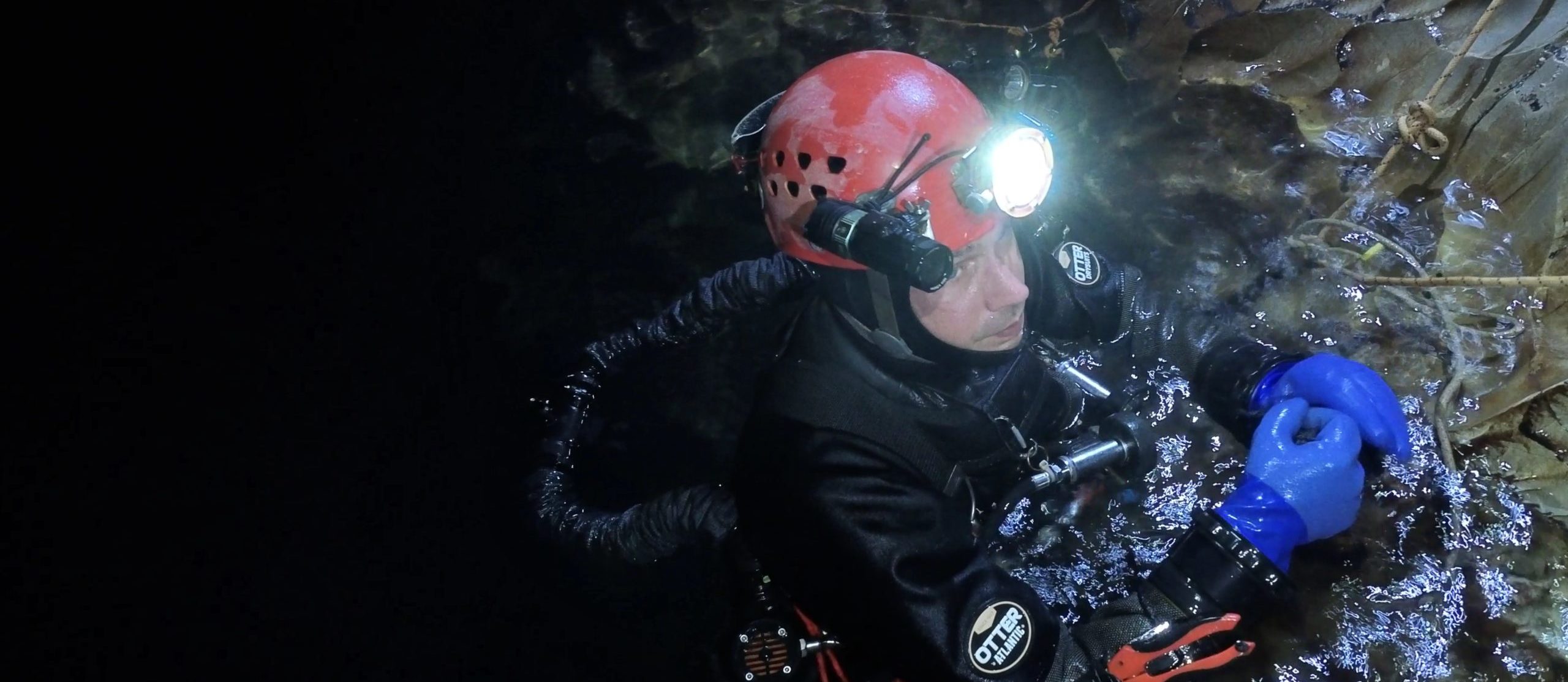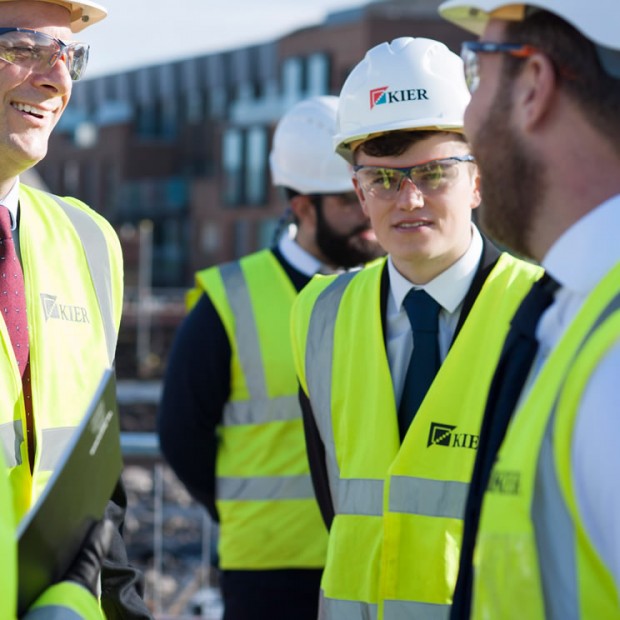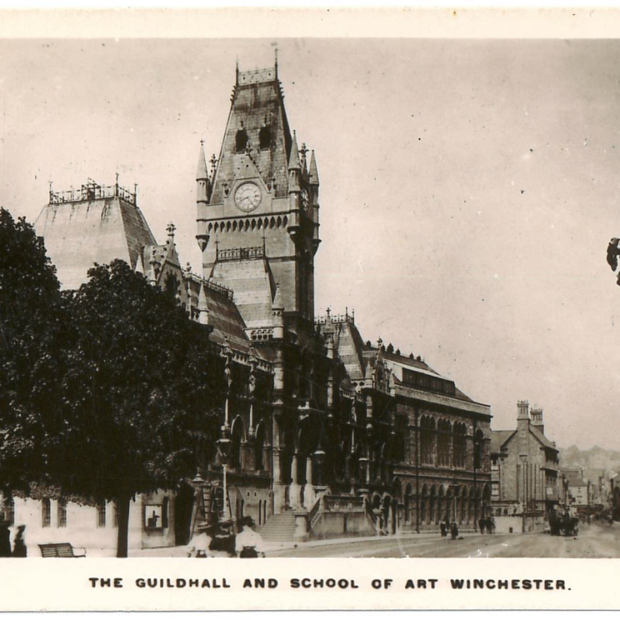Hartley News Online Your alumni and supporter magazine
In 2018, twelve boys and their football coach were trapped in the Tham Luang Nang Non cave in Thailand, after heavy rainfall caused the cave to become flooded. What followed was the most challenging rescue operation of its kind ever attempted, garnering international attention and significant news coverage. A team of volunteer rescuers from across the globe were flown in to get the boys out.
Alumnus, Chris Jewell (BSc Management Science, 2004 and MSc Information Systems, 2005), was one of the lead divers on the operation. He spoke to Hartley News Online about finding his passion for caving at university, the lessons he learned from this extreme sport, and what it was like to be involved in the Tham Luang rescue.
Chris joined the caving club at Southampton in his second year, having previously learned to dive as part of the Officer Training Corps.
“Joining the University Caving Club changed my life. I found a sport that I was incredibly passionate about, that allowed me to travel to lots of different countries and have amazing experiences both above and below ground. I’ve been on all sorts of expeditions all over the world to map and explore all sorts of interesting caves and been embedded in and exposed to different cultures.”
It was on a summer expedition to Austria, when the club was able to explore previously unmapped deep caves in the Alps, that Chris realised that caving was going to be a major part of his life.
“We were the first people in those caves. I realised I wanted to be part of that world: expedition, caving and travelling. I had gone from playing around with this sport to experiencing the real thrill and excitement associated with original exploration and discovering something new. For the 20-21 years I’ve spent in cave exploration, that’s the thing that’s kept me going.”
When the news broke about the boys trapped in Tham Luang cave, Chris was the Diving Officer for the British Cave Rescue Association, a post he still holds today.
“We’re all part of a voluntary cave rescue organisation in the UK: most cave rescuers worldwide are a part of voluntary search and rescue groups, rather than professional organisations.
In an unusual rescue situation, what you need is a talented, obsessive amateur who does the sport of cave diving out of passion, rather than professional rescuers who don’t really go into caves. You need to be completely familiar with the environment and the equipment.”
The rescue in Tham Luang was an especially challenging one, and to begin with Chris played a co-ordinating role from the UK and fielded questions from the media.
“People had been brought out of short, flooded caves before – a few people – but not this many and not over that kind of distance.
No training has prepared anybody for this situation. There is no manual for this. In short, nothing like this had ever been tried before.
We had to come up with a unique solution to this problem and find a way to get these boys out.
When it became clear that extra divers were required in Thailand, I flew out with Jason Mallinson.
Jason, Rick [Stanton] John [Volanthen]; and I ended up being the four lead divers, bringing the boys out each day.”
The complexity of the rescue and the inaccessibility of the site meant that the team had to take some unusual and risky steps, to extract the team.
“The solution we eventually used was to sedate the boys and bring them out whilst they were effectively asleep.
We were taking these boys from a place of safety: somewhere where they were comfortable, fed and being kept warm, through a place of danger. Most rescue operations take someone from a place of danger to a place of safety. We had to be realistic with ourselves and the authorities that there was a high probability that some of the boys would not survive this rescue attempt.
The boys had to be completely sedated to for us to do that, to avoid the risk of panic.
The boys would have to wear a full-face mask over their heads because under sedation they wouldn’t be able to hold a regulator in their mouth. So special equipment had to be used so they could breathe.
Being sedated also impacts your ability to control your own body temperature. The drug that was used, ketamine, is particularly problematic when it comes to thermal regulation. We had a real concern about hypothermia.
But we needed the boys to be dead weight, in the sense that we had an inert package we could bundle up, secure and move through the cave, rather than a conscious human being who might drag us off course, or grab at the rocks.
At the time it was quite controversial and it’s only now that all the boys have survived that we’re able to be frank about what happened, how it happened and why we had to do it.”
The pressure on the divers was immense, as they tried to move the boys through the cave system, knowing that they were responsible for thirteen lives.
“We had to distance ourselves from the reality of what we were doing and be detached emotionally.
If we dwelt on the fact that these were young boys with their lives ahead of them, it would have been too much for us to do this. It’s a lot easier to think of them as just another mission. The mission is to go and pick the boys up, move them out. That level of detachment was the key to doing what we had to do.
As cave divers, we’ve got a reasonable amount of emotional control because of the sport that we’re doing. Or perhaps it’s the other way around – that we have that emotional control and that’s why we’re suited to cave diving.”
Outside of his cave diving, Chris has a successful career in management, which he finds balances well with his adventurous hobby. “If you have dreams of being a caver or cave diver, I don’t think you need to sacrifice your career. It’s good to have contrasting parts of your life. Work hard, play hard!”
He regularly appears as a motivational speaker, imparting lessons that he has learned through caving to corporate audiences. In his management career and his cave diving, Chris has benefitted from mentors who have inspired him and helped him to develop and grow.
“It is inevitable that the people that you surround yourself with, change who you are. I spend a lot of my spare time with cavers and cave divers, many of whom I met at or through my time at Southampton. But people spend most of their time at work, with colleagues.
My advice to someone going into the world of work is: think about the organisation that you’re going to join when you’re looking for jobs. If you want to do great things and have a great career, then a good place to start is by surrounding yourself with great people. Your colleagues have a massive impact and hopefully some of those will become more formal mentors.
Your mentors are not about teaching you hard skills – mentoring is about developing the right mindset, attitude and approach to problem solving. That’s so important.”
–
Do you have an amazing story you’d like to share with us? Email us on alumni@soton.ac.uk
If you’d like to become a mentor and help other Southampton alumni achieve their dreams, sign up to E-mentoring Southampton.



